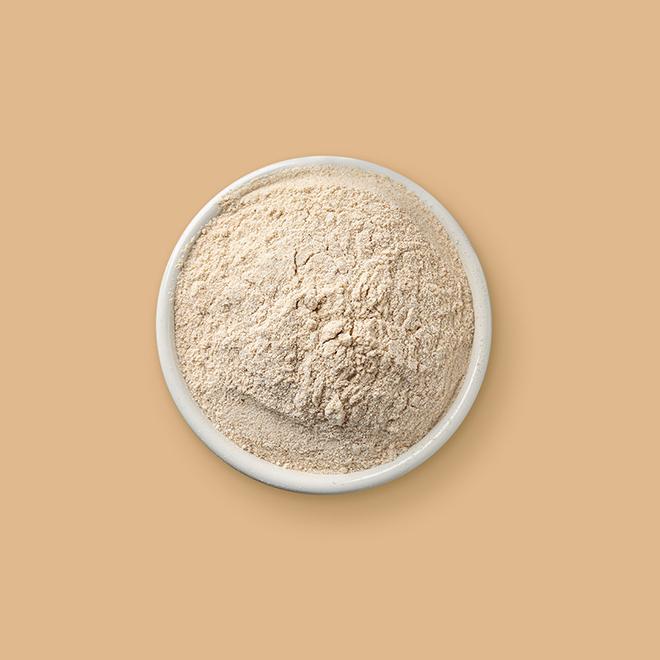Spelt




Spelt is a type of wheat that has been cultivated for quite a while, since 5000 BC! It has a mild flavor and is much lighter than whole wheat flour.
It is known for being healthier than other varieties of wheat and grew in popularity as a substitute for making pasta, cereal, and breads.
Spelt has somewhat of an unknown genetic history, it’s believed to have come about from a hybridization of 2 wheat varieties.
Spelt is light red and has sweet, nutty flavor.
Nowadays, spelt flour can be bought in most health shops and bakeries since people have become more aware of alternatives to wheat.
Spelt flour may spoil more quickly than other types of flour; it is best to store it in the fridge or freezer.
Spelt doesn’t require a lot of fertilizer and is a very resistant crop. As a result, it is sustainable crop and can withstand more extreme weather conditions.
Spelt is an deep well of nutrients such as vitamin B, manganese, phosphorus, and niacin.
You can bake with spelt flour the same way you would with wheat flour.
Spelt flour contains gluten but the gluten in spelt is more water soluble and therefore easier to digest.
If you are cooking spelt berries and wish for them to have a soft texture, combine 3 cups of liquid with 1 cup of spelt berries and simmer for 1 to 1.5 hours.
For chewier berries, use 2 cups of liquid and 1 cup of spelt berries. Gradually add the berries to the liquid and stir until all the liquid is gone. This should take 30-40 minutes.
Spelt flour is high in protein and fiber.
Corrections or improvements? Email us at
content@sidechef.com